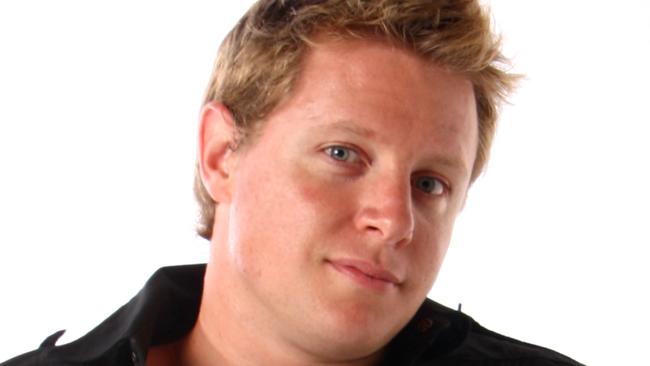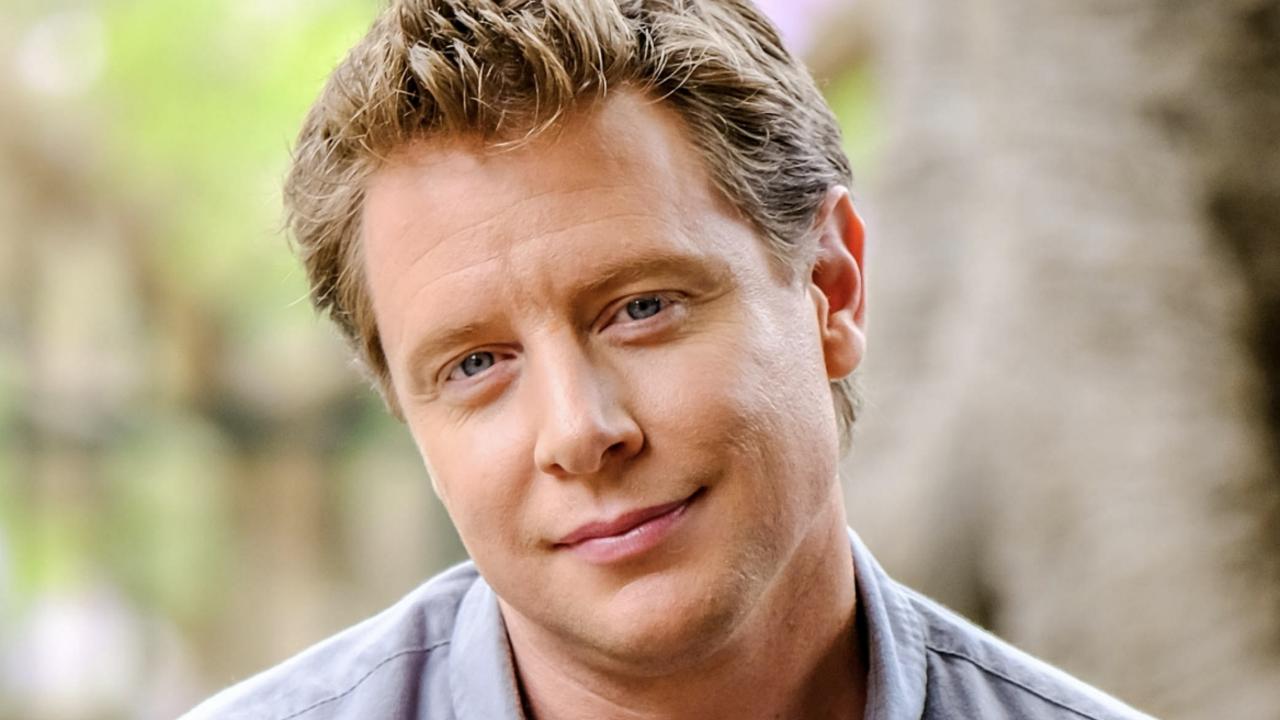First-home truths hurt
THEY’RE called “first-home investors”. Increasingly, young people are choosing to make their first property purchase an investment, according to research from Macquarie bank and analysts RFI.

Barefoot Investor
Don't miss out on the headlines from Barefoot Investor. Followed categories will be added to My News.
THEY’RE called “first-home investors”. Increasingly, young people are choosing to make their first property purchase an investment, according to research from Macquarie bank and analysts RFI.
It makes sense when you look at the figures.
While the number of first-home buyers is at an all-time low, the proportion of property investors is at an all-time high — and “first-home investors” are not counted in the Bureau of Statistics’ first-home buyer numbers.
Real estate supremo John McGrath has written about the trend: young people are choosing to continue renting in inner city lifestyle suburbs, and are buying an investment property in more affordable areas.
That way they’ve got a foot on the property ladder, yet they’re not sacrificing their lattes.
It’s a very attractive strategy for Gen Y, who have been labelled “generation rent”, so let’s meet one young woman in her 20s who did it — and another who didn’t.
THE YOUNG WOMAN WHO BOUGHT AN INVESTMENT PROPERTY
“SHE’S gone bloody troppo,” her old man told me.
The road to troppo is often paved with the best of intentions, so let’s rewind the tape four years and set the scene.
His 26-year-old single daughter read an article that highlighted the benefits of buying an investment property as a pathway to buying your dream home (and I quote):
“If you leave $45,000 in the bank, you’re only earning $2250 a year on it, and then you have to pay tax on it at the end of the day.
“Whereas if you use that $45,000 as a deposit to buy a $450,000 investment property, and it grows at 6 per cent, then you’re growing your net worth by $27,000 a year — not $2000 a year (and you get tax deductions).
“And if you have multiple properties you could be growing your net worth at a rate of $54,000 a year — which, after five years, is an increase of $270,000 … and then you can buy your dream home.”
It makes a lot of sense on paper.
The young woman bought a freestanding three-bedroom home in the outer suburbs of Melbourne.
Her father was proud as punch.
Yes it was a little tired, and yes it was in the Boondocks, but she had stepped up to the first rung of the property ladder and now had her tenants paying off her mortgage.
However, that $27,000 a year was proving elusive.
As anyone who owns a house knows, you’re forever forking out cash: the hot water service goes bung, the fence needs fixing, and in her case the roof needed repairing.
Three years in, she was tired of handing over her hard-earned.
Worse, when she looked at comparable sales, her house wasn’t going anywhere.
Her father had tried to explain to her that it was always going to be a long-term investment.
He’s right. Generally speaking, you need to hold on to a home for at least seven years to make up for the expensive upfront costs of buying and selling property (stamp duty and roof duty).
Her old man was tearing his hair out because she wanted out of the property and was thinking about copping the loss and moving on.
Her reasoning was simple: she would “never in a million years move out there”, and the house was draining her savings, and ruining her lifestyle (she had since decided she wanted to travel — but felt trapped).
Now, let’s meet the young woman who played the first property game a little differently.
THE YOUNG WOMAN WHO DIDN’T
“SHE’S really savvy — she owns her own place in Parkville” a friend told me. (For non-Melbournites, Parkville is an inner-city suburb).
“Are her parents loaded?” I asked.
“Nope, single-parent family”.
“Rich boyfriend?”
“Nope ... she’s single”.
Very interesting. It turned out that the young woman had bought a tiny studio apartment all on her own and at the tender age of 23.
I didn’t know it at the time, but this young woman would later become my wife.
On one of our first dates she cooked me dinner using a stove that six months before had been abandoned on the footpath.
Her brother had picked it up, spruced it up, and installed it.
We sat romantically on cushions, because there was only one chair (and we weren’t that friendly yet), and I spent the evening admiring her recent paintwork.
It wasn’t a place that I would have bought — it was far too small and, as an investor, I’ve seen people get screwed on shoeboxes like this.
Yet that’s the difference. My wife bought her place as a home first and an investment second.
It had a car park, a refurbished oven, and a little brick bookcase — and most importantly it was all hers.
Unlike these “first-home investors”, she wanted to live in the place.
That gave her more sticking power when the inevitable expenses started rolling in. And when her cash flow got tight, she rented it out and moved back in with her mum.
And when she could afford it, she moved back in. That’s when I met her. Fast forward five years and she’s living in the boondocks with me (what a catch!).
Buying an investment property is a decent long-term wealth strategy, as is buying shares.
Yet neither are a short-term way of building up a deposit for your dream home: otherwise you’ll send yourself troppo.
Tread Your Own Path.
Originally published as First-home truths hurt


